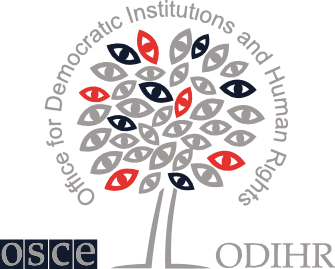Poland
Topic
ODIHR Legal Reviews, Assessments
Variety of useful resources and tools prepared by ODIHR to support legal reform in OSCE participating States. It includes legal reviews of draft and exisiting national legislation and assessments of legislative process.
Opinions
Overall, the Urgent Interim Opinion notes that the Draft Act is a welcome and necessary step toward restoring the integrity of judicial proceedings, and presents a structured and generally balanced response to address the large-scale irregularities of judicial appointment processes involving the National Judicial Council (NCJ) as composed after the 2017 Amendments. At the same time, the Opinion also offers some recommendations to more adequately balance the public interest in restoring the rule of law in Poland with the rights of those impacted by violations of their fair trial rights and those appointed or promoted by the NCJ since March 2018 who will be affected by the contemplated reform.
Notes
Legislation
Constitution
Variety of useful resources and tools prepared by ODIHR to support legal reform in OSCE participating States. It includes legal reviews of draft and exisiting national legislation and assessments of legislative process.
Most read documents
Legislation
Criminal codes
National legislative acts on a range of human dimension issues. It offers access to full-text documents, as well as summaries of and excerpts from national constitutions, primary and secondary legislation and case-law from across the OSCE region.
Most read documents
Legislation
Primary and Secondary
National legislative acts on a range of human dimension issues. It offers access to full-text documents, as well as summaries of and excerpts from national constitutions, primary and secondary legislation and case-law from across the OSCE region.
Most read documents
International standards
Most read documents
Case-law
Case law subline. Status of Ratification of the Main International Human Rights Treaties, Conventions and other instruments. International Case-law for selected topics.






